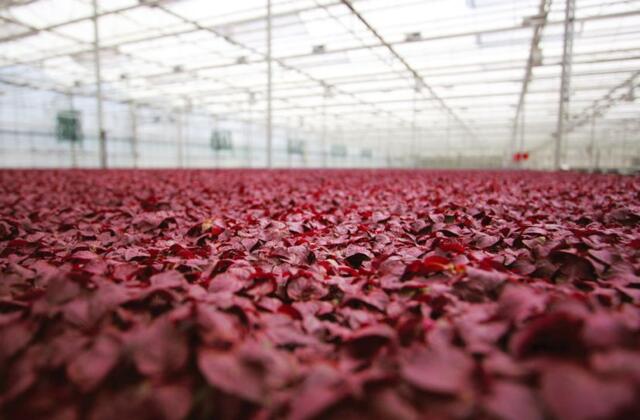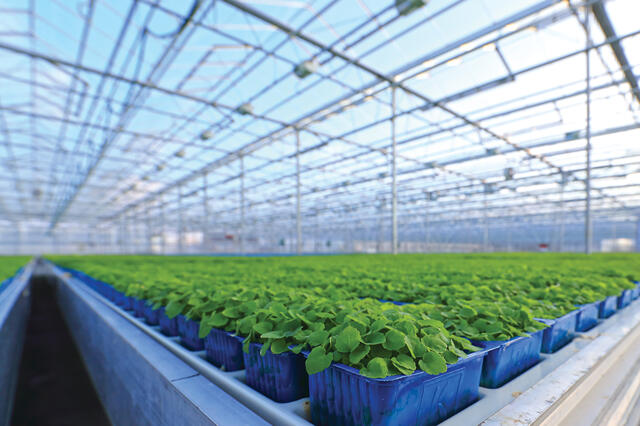
We are Growers, Koppert Cress
Koppert Cress specializes in cress varieties, seedlings of unique plants, each of which has their own tantalizing effect on the senses: flavour, fragrance, feel, or presentation. But how do we grow them?
Architecture Aromatique
Unlike sprouts, cresses are living plants. There is no fresher option; as a result, the product has a longer shelf life and is healthier. ‘Specialties’ is our name for leaves and flowers that have been specially selected for their flavour. Taste is paramount at Koppert Cress, but looks are also important. It is the combination of flavour, fragrance and decoration that gives meaning to the term, Architecture Aromatique.
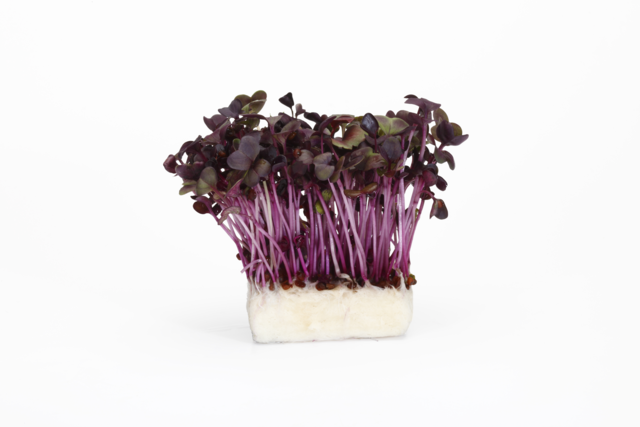
Seeds
Food safety is a top priority for Koppert Cress. Working cleanly and safely is crucial throughout the entire process, from seed production to shipment. The ultimate purpose of the seeds – being products for consumption – is taken into account as early as the production stage.
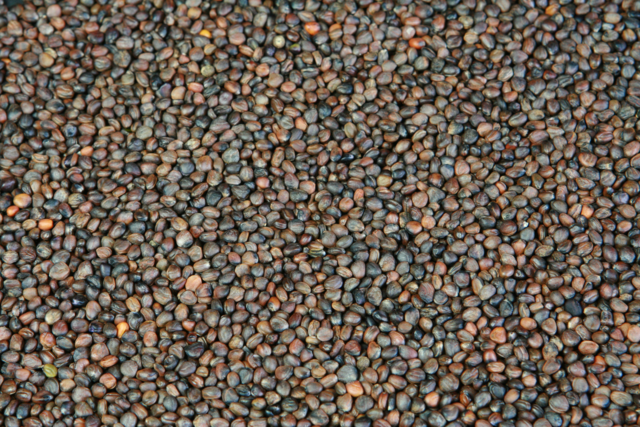
Cellulose
Cellulose has been chosen as our growth medium. Wood from sustainably cultivated trees is processed into cellulose at a high temperature. This process kills all possible pathogens. The cellulose is bleached afterwards with hydrogen peroxide, an effective oxidizing agent; which is also often used as a disinfectant.
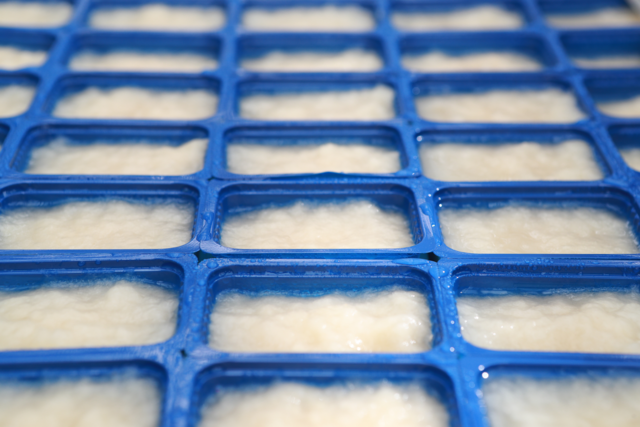
Biological agents
Biological agents are used in exceptional cases where insect control is necessary. These agents include the natural enemies of the harmful insects; therefore eliminating the infestation and restoring the natural balance in the greenhouse. Stringent hygiene measures, fast cultivation and crop rotation mean fungi have no chance to develop in the crop, so there is no need for fungicides. There's even a test going on in one of the Koppert Cress greenhouses to eliminate moths using drones.
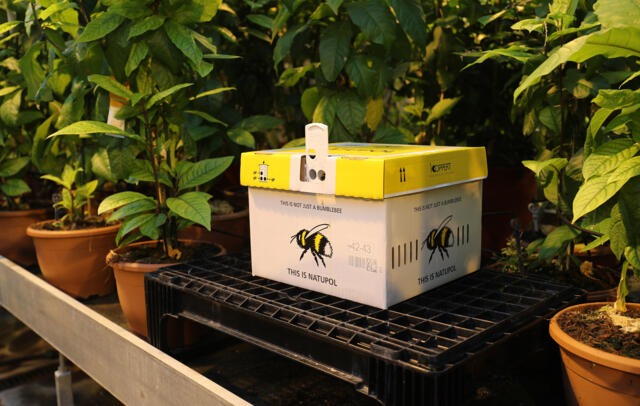
Production process
The process begins at the sowing line where the trays are placed on the tables, the pulp is poured into the trays and the seeds are sown. The tables are placed into position and covered. Depending on the crop, such as seeds that germinate in the dark, this cover could be an opaque, white plastic that also prevents them from drying out. In other cases, transparent plastic and black cloth are used. During the first few days, the cresses must be kept warm, dark, and moist to allow the seeds to germinate. Once the seeds have germinated, the cloths are removed. We maintain optimum conditions by regulating light, water and music until the crops have grown large enough for sale.
